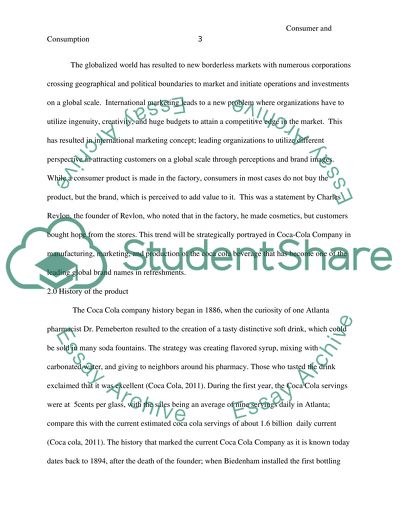Cite this document
(“Consumer and consumption Essay Example | Topics and Well Written Essays - 4500 words”, n.d.)
Retrieved from https://studentshare.org/marketing/1397730-consumer-and-consumption
Retrieved from https://studentshare.org/marketing/1397730-consumer-and-consumption
(Consumer and Consumption Essay Example | Topics and Well Written Essays - 4500 Words)
https://studentshare.org/marketing/1397730-consumer-and-consumption.
https://studentshare.org/marketing/1397730-consumer-and-consumption.
“Consumer and Consumption Essay Example | Topics and Well Written Essays - 4500 Words”, n.d. https://studentshare.org/marketing/1397730-consumer-and-consumption.


